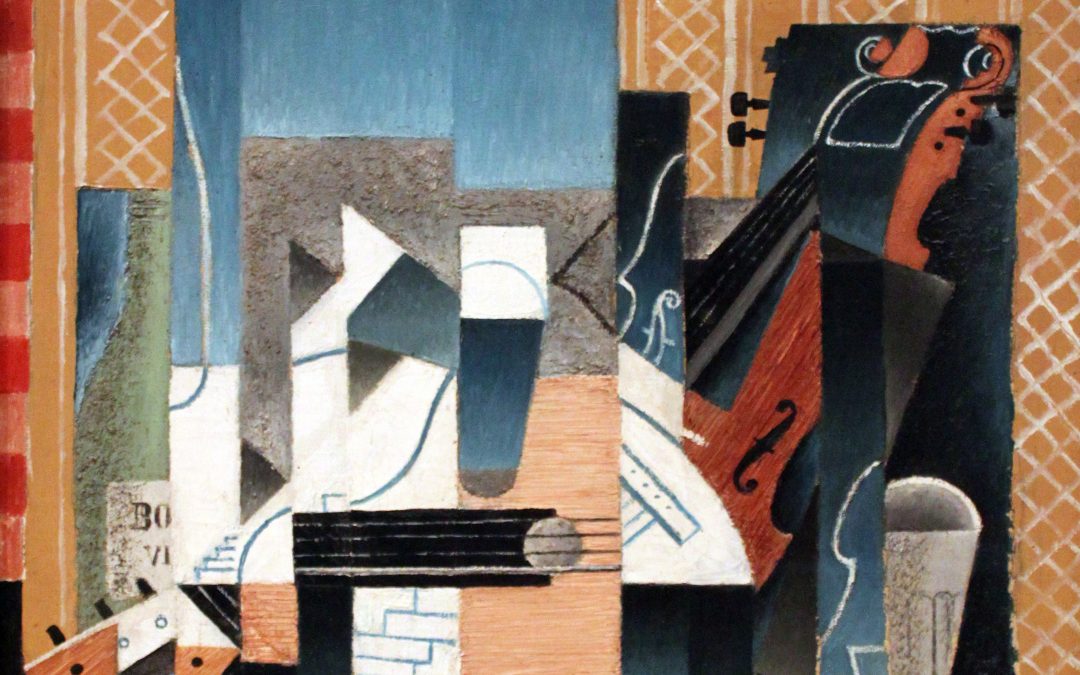One of the greatest violin concerti of all time, this work was written for and premiered in 1806 by Franz Clement, one of the best-regarded violinists in Vienna. The concerto did not initially meet with much success, and was not often performed in Beethoven’s day. Later in the nineteenth century the concerto gained recognition as a truly sublime work. A key turning point was a concert given in London under the baton of none other than Felix Mendelssohn, with the young violin prodigy Joseph Joachim receiving critical acclaim and propelling the concerto to its rightful place as a masterpiece.
The concerto contains music of extraordinary power, beauty, and subtlety, and places substantial technical and musical demands on the soloist. The first movement contains three interwoven themes played first by the orchestra, repeated and embellished by the soloist. It begins in an unusual fashion with four solo timpani notes starting the opening theme; this four-note motif is played by strings, winds and percussion in over half of the bars in the first movement. A stirring orchestral introduction leads to a seemingly improvisational entrance by the solo violin. The themes are developed and expanded, with plenty of virtuosic violin passages. A calm G minor key interlude featuring bassoons and strings leads eventually to the recapitulation, solo cadenza and stirring end.
The second movement Larghetto is essentially a set of variations, featuring various sections of the orchestra and solo violin, on an 8-bar theme. It has a hymnal quality and contains some of the most ethereal music Beethoven ever wrote.
The final Rondo opens with an ebullient theme played by the soloist first in a low register, then in a very high register, before the orchestra joins in. The theme is repeated several times, with many variations and pyrotechnics by the soloist. It’s a joyous dance between orchestra and soloist, and ends with an uplifting flourish.
Violin Concerto in D Major
Op. 61
Composed in 1806
By Ludwig van Beethoven






